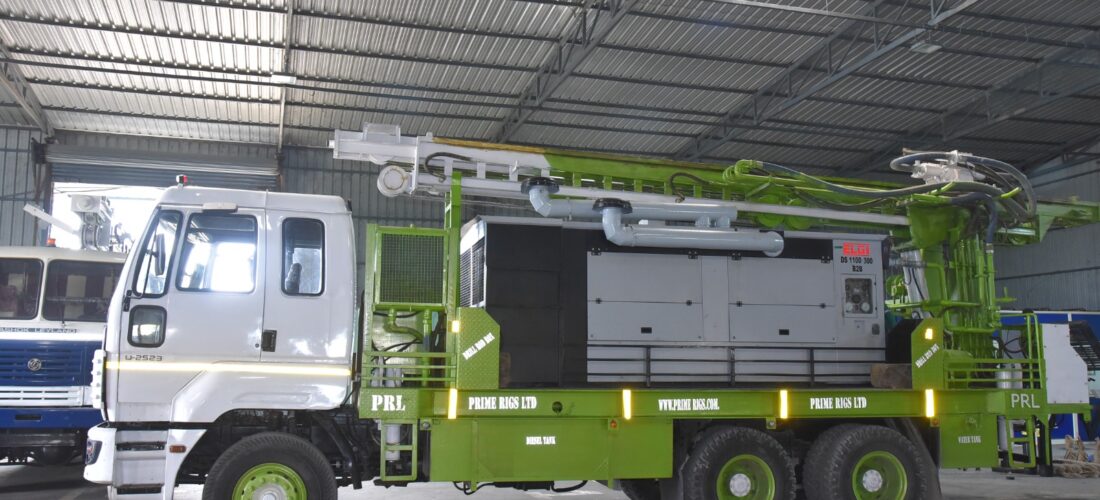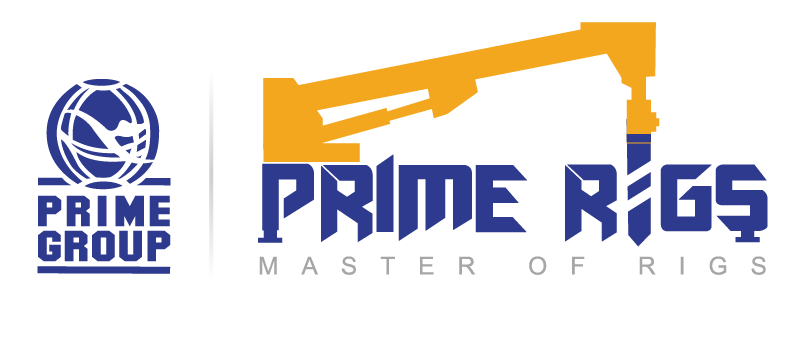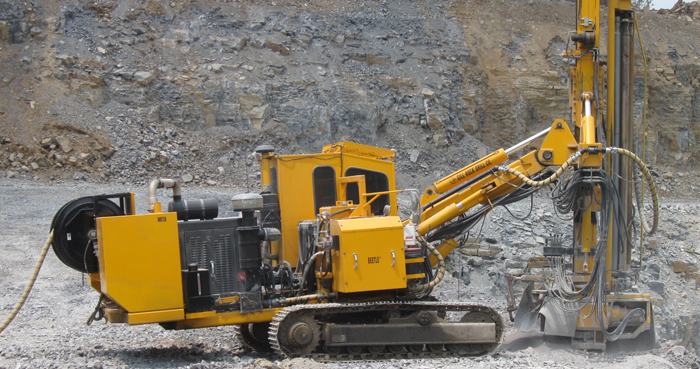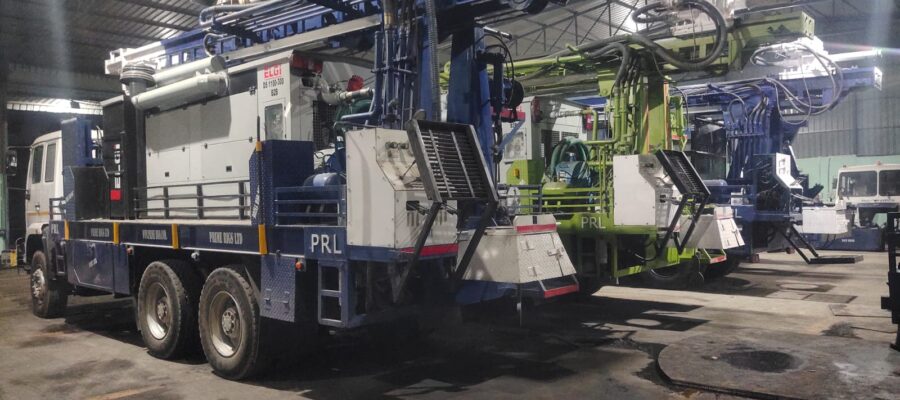
Installing, assembling, and securing platforms and supplies utilizing pulleys and winches for heavy lifting are the responsibilities of a construction rigs. On a construction site, riggers may be in charge of helping crane hoists, transferring building supplies, or even checking and maintaining rigging equipment, depending on the nature of the work. They can work on any type of construction site, from high-rise structures to residential construction rigs or remodelling, or even as part of the backstage crew for an entertainment show on stage. They can even be in charge of erecting steel or concrete frames.
Why Are Qualified Professionals Important?
Construction rigs have a wide range of responsibilities; thus, they need to be taught to prevent a variety of risks. If the team mishandles an unsecured hoist, it can cause thousands of dollars’ worth of damage and could result in fatalities. The strongest line of defence against construction site mishaps and harm from any of the numerous risks that construction rigs face on a daily basis is certification and training. Cranes and other hoisting machinery should only be operated by qualified professionals.
The Causes of Rigging Accidents
There is never a lift or hoist that happens without a calculation. To ensure a safe and effective lift, riggers must make precise measurements and calculations.
Competent Construction Rigs Will
- The total weight and burden of all the gear that is used in daily life.
- The hoisting equipment’s entire lift capability.
- The maximum load that may be applied to parts like the hoisting rope, specialist slings, and other hardware
- The optimal and most reliable technique for raising and reducing a particular load
When rigging operations go wrong, it’s usually due to a lack of vigilance rather than a malfunctioning piece of equipment that poses a risk to workers’ safety and causes property damage. There are several physics-related factors that might apply and provide a significant risk. It is crucial to keep in mind that all equipment operation manuals are predicated on “perfect” working circumstances, which are uncommon in the actual world.
Riggers and hoist operators are afraid of the swing. If the proper calculations are made, a load may be lifted safely. However, if the pendulum motion starts to swing and acquire velocity, it can rapidly become quite dangerous. Errors in swinging a crane can result in it toppling over, or the power of the swing might loosen the load and cause it to slip off the secure rigging, dropping the weight and injuring nearby workers. Loads should always be positioned beneath the boom, and harmful swinging actions should be avoided by using the hoist slowly.
Examining Equipements
On a building site, the age and state of the equipment might also be problematic if it has yet to receive the necessary maintenance. Failure to adhere to established load limits may result in equipment damage. When construction equipment is damaged, it should be utilized there until it has been examined and fixed. When equipment is not taken out of service, accidents might occur. When hoist or jigging equipment is compromised, it cannot be operated, not even at a lower load capacity.
Know About Perfect Slings
Slings on a flat ferrule or ring should always have appropriate labels indicating their maximum capacity or load limit. A 45-degree angle should be used in the calculation as an unambiguous indication of the vertical load. Additionally, slings should be routinely examined for jamming, broken wires, crushing, flattening, or rust and corrosion indicators.
Conclusion
For the sake of everyone’s safety, it is now the duty of the whole construction team, not just the rigger, to be aware of possible issues and to voice any concerns or observations regarding the rigging hardware, which is why choosing the right construction drill rigs provider. Do in-depth research before trusting any provider and investing in drill rigs.
Recent Post
- Frequent Used: Heavy Construction Equipment and Instruments
- What Type of Water Drilling Should You Choose?
- How To Choose The Perfect Drilling Rig To Buy?
- Tips For Selecting the Right Drilling Rig According to Your Need
- Water Well Drilling: Numerous Advantages
- How To Find Affordable And Reliable Water Well Drilling Rigs For Sale?
- Everything You Need to Know About Water Construction Rigs
- Water Drilling Rigs: Know The Different Types
- Refurbished Borehole Drilling Machine: Is It Worth The Purchase?
- Safety for the Construction Industry: Why Does it Matter?
- Milling Or Drilling: Which Is The Right Process To Choose?
- Choosing A Construction Truck Rigs Supplier Keeping Perfection In Mind
- Factors That Can Help You Select The Best Water Well Drilling Rig
- What Makes Drilling Rigs Different From Milling Rigs?
- Water Well Drilling Rig: All You Need to Know About It
- Do’s and Don’ts of Choosing the Right Rigs
- Underground Drilling Rigs: Features That Make Them Unique And Most Recommended
- What are construction drilling rigs? Why do companies need them?
- How do drilling companies help you with core drilling exploration?
- Key Features and Benefits of Drilling Machines in the Construction Industry
- Exploring the Advantages of Portable Borewell Drilling Technology
- How to Choose the Right Drilling Rig for Your Needs
- Reasons to Invest in Absolute Guide for Rotary Drilling
- Selecting the Ideal Drilling Rig: Ensuring Safety, Efficiency and Cost-Effectiveness





